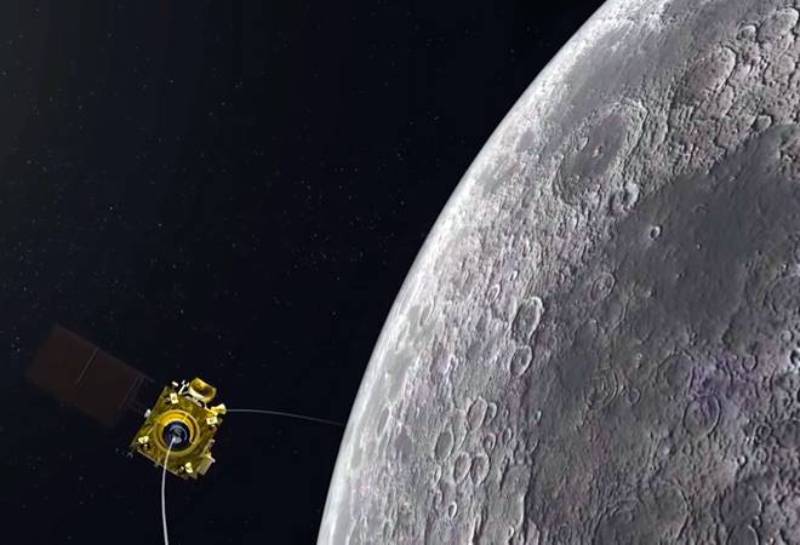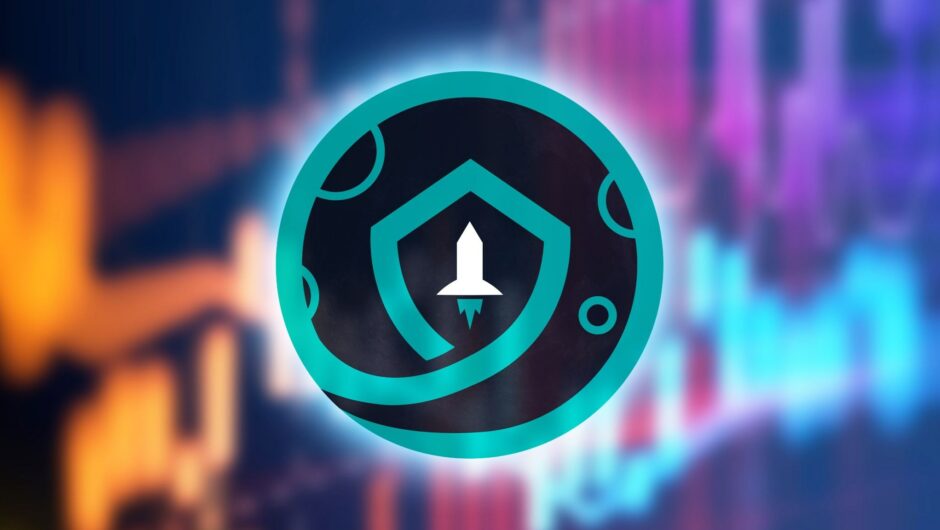The Indian Space Research Organisation (ISRO) has evaluated the present space condition surrounding the moon in the lead-up to the Chandrayaan-3 lander’s gentle landing on the lunar surface on August 23.
The moon and Mars are currently the most explored and relative more populated planetary bodies, according to the space agency that released the study on August 9.
The article went on to say that India’s Chandrayaan-3 is the most recent spacecraft to enter lunar orbit and that further lunar exploration operations are anticipated over the next several years as a result of the Artemis missions’ plans to return to the moon and their impact on Mars colonization efforts.
“Whereas earlier missions were largely focused on scientific discovery, subsequent endeavors are expected to involve various actors with a variety of objectives, including those that are primarily motivated by the economic exploitation of natural resources. In order to create practical mitigation strategies to prevent close-approach hazards in planetary orbits, a greater understanding of the environment is required, according to ISRO.
According to ISRO, there will be six operational lunar orbiters by July 2023.
According to the report, ARTEMIS P1 and P2 operate in low-inclination, eccentric orbits, replacing two of the five probes from NASA’s THEMIS program.
According to the evaluation, NASA’s Lunar Reconnaissance Orbiter (LRO) travels around the moon in an orbit that is almost polar and somewhat elliptical. The second lunar mission of ISRO and the Korea Pathfinder Lunar Orbiter (KPLO), Chandrayaan-2, likewise travels in polar orbits 100 km above the earth.
Additionally, NASA’s Capstone operates in a 9:2 resonant southern L2 NRHO, with its perilune passing over the lunar north pole at an altitude of 1500–1600 km and its apolune passing over the south pole at a distance of around 70,000 km.
It claimed that every other orbiter had either been purposefully maneuvered out of the moon-bound orbital regime or had crash-landed or otherwise come into contact with the lunar surface. For instance, the data relay satellite Queqiao for the Chang’e 4 mission, which China launched in May 2018, was later transferred to a halo orbit close to the Earth-Moon L2 point.
“China’s Yutu-2 rover, launched by Chang’e 4 and operating on the far side, is the only operating rover at the moment. According to the available media, Luna-25 of Russia, which carries a lander and rover, is anticipated to reach a 100 kilometer lunar orbit by August 16 and make a touchdown on the moon’s south pole between August 21 and 23 of that same year, according to ISRO.
India’s role and the way forward
According to ISRO, India has taken on a number of initiatives in conjunction with international organizations like the Inter-Agency Space Debris Coordination Committee (IADC), including studies on the potential evolution of the space object environment in the cislunar and lunar region. These studies aim to develop specific best practices and guidelines for space operations that will be sustainable in these regions.
Topics #Chandrayaan 3 #Isro #Moon #NASA










